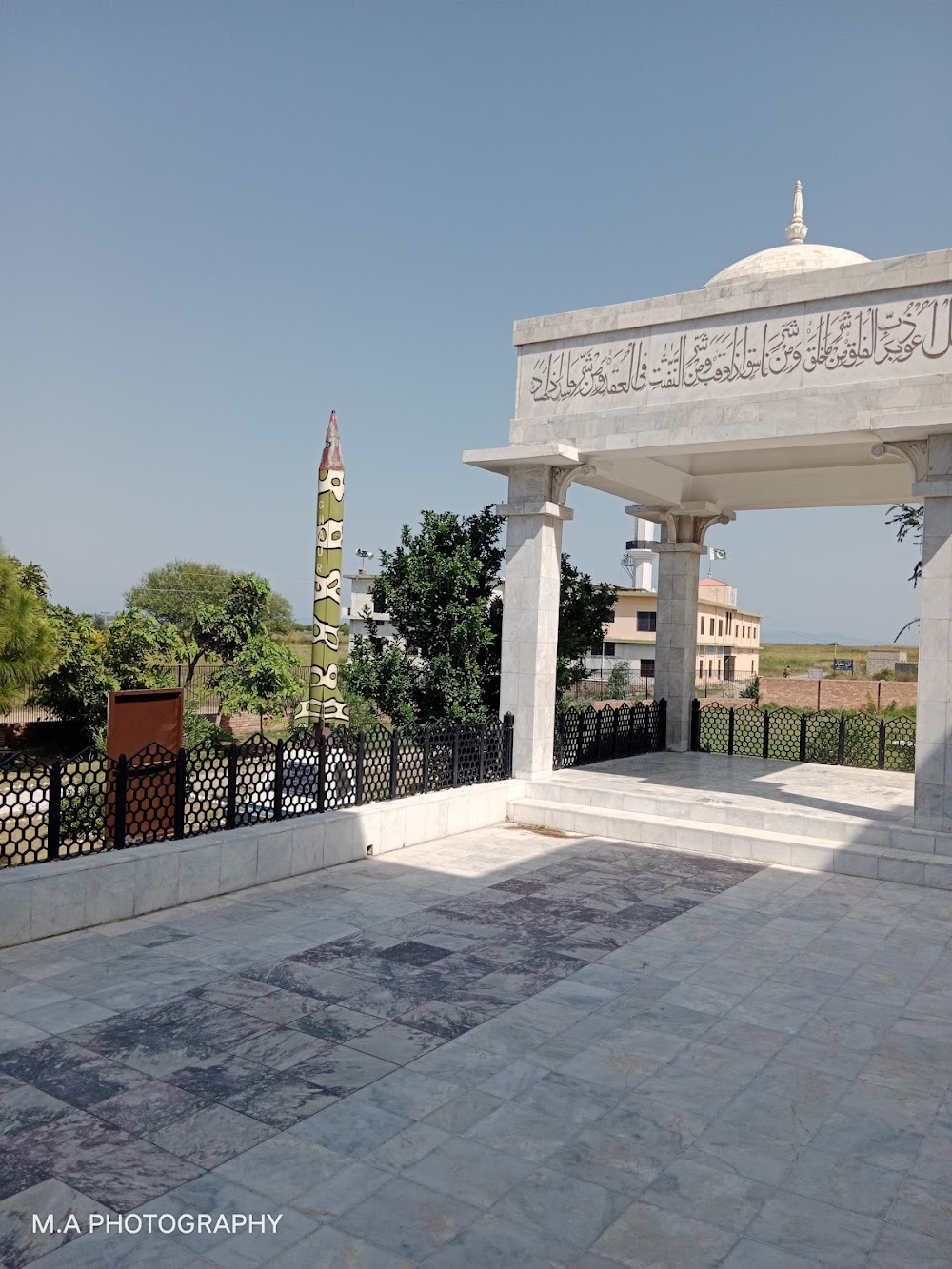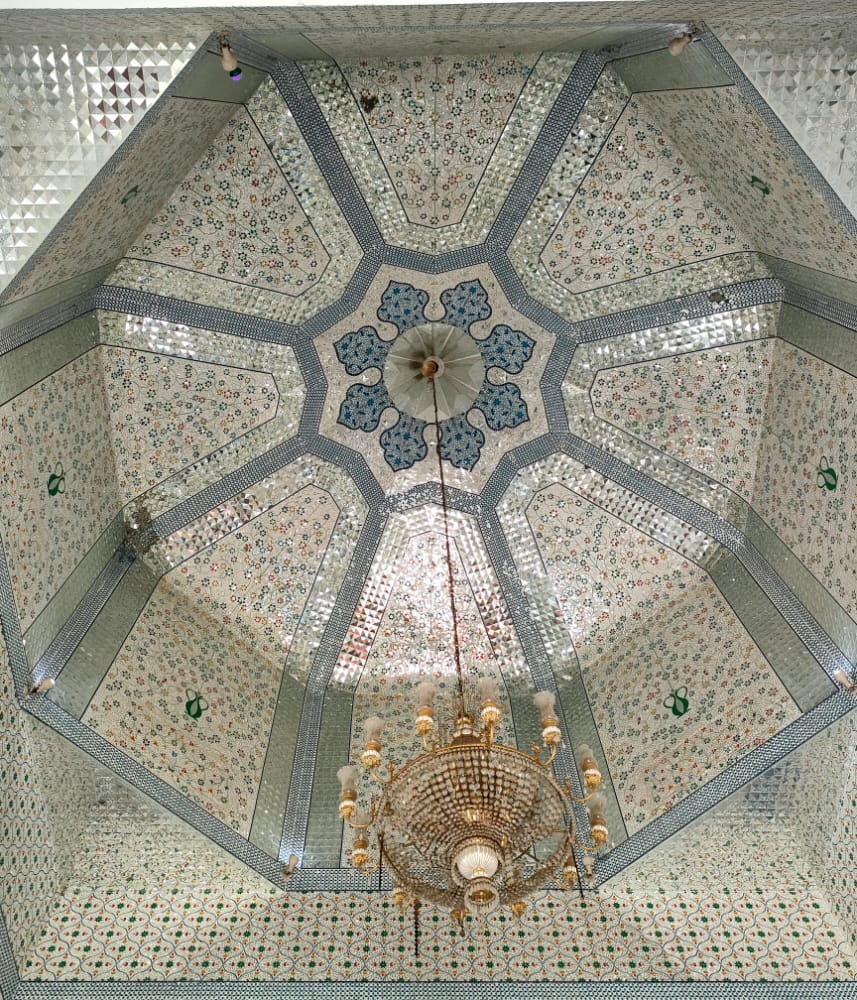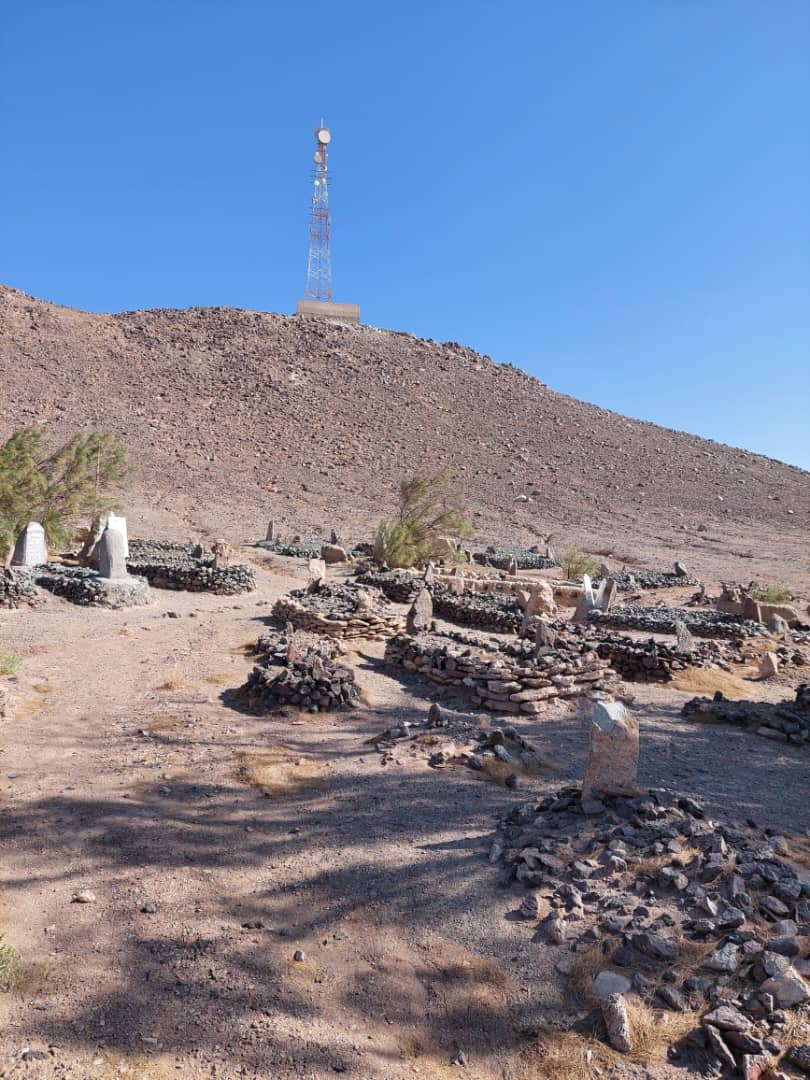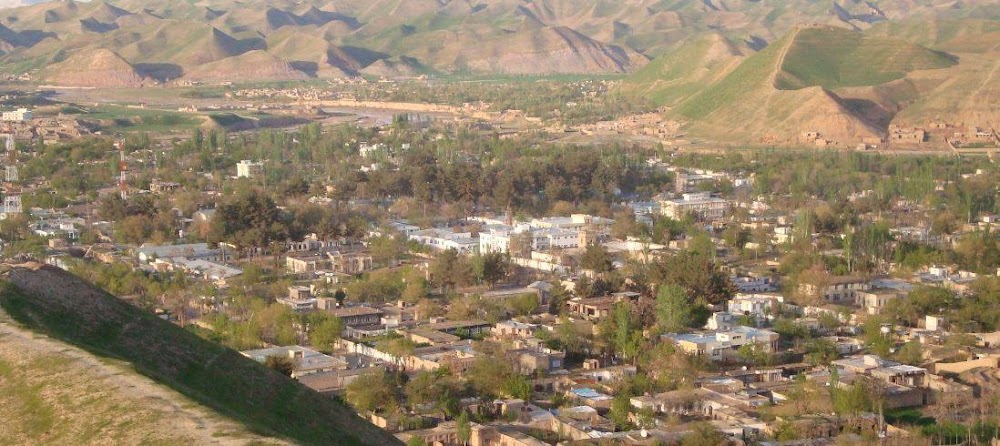Sultan Alauddin Ghori Mausoleum (آرامگاه سلطان علاءالدین غوری)
Overview
The **Tomb of Sultan Shahāb-ud-Din Muhammad Ghouri**, also referred to as the **Sultan Alauddin Ghori Mausoleum**, is a significant historical site located in the rugged terrain of **Ghōr, Afghanistan**. As the final resting place of Sultan Ghāuri, who ruled during the 12th century, this mausoleum stands as a testament to his influential role in expanding the Ghurid Empire across what is now Afghanistan, Pakistan, India, Iran, and parts of Central Asia.
Constructed in the **early 13th century** shortly after Sultan Ghouri's death in **1206**, the mausoleum exemplifies the characteristic Islamic architecture of that era. Built by his successors to honor his contributions to the empire and the spread of Islam, the tomb reflects the artistic styles prevalent in the region during that time.
The mausoleum is primarily crafted from **local stone and brick**, materials abundant in the area. Its architecture is both simple and elegant, showcasing arches, domes, and intricate floral and geometric patterns typical of Islamic design. Though unpretentious, the structure radiates tranquility and reverence, with its square shape topped by a modest dome that harmoniously blends with the mountainous backdrop of Ghōr.
The exterior of the tomb is adorned with **detailed carvings** and **inscriptions from the Quran**, which have withstood the test of time despite centuries of natural wear and historical upheaval. These inscriptions not only highlight the Sultan’s piety but also showcase the exquisite craftsmanship of the period.
As you approach the entrance, a modest wooden door welcomes you into a **small, serene chamber**. Inside, the atmosphere is solemn and hushed, inviting contemplation. The tomb itself is draped in a simple white shroud, symbolizing humility. The walls are embellished with further intricate patterns and verses, enriching the spiritual ambiance of the space.
Over the years, the tomb has been lovingly maintained by locals and visitors alike. Though it has seen some restorations, great care has been taken to preserve its original charm and authenticity, employing traditional methods that respect the historical integrity of the site. Today, the tomb is a vital part of local heritage, attracting historians, pilgrims, and tourists eager to witness its significance.
The surrounding region of **Ghōr** is equally captivating, characterized by rugged mountains and historical ruins that offer a glimpse into the area’s rich past and the enduring legacy of the Ghurid Empire. The tomb’s relatively remote location has helped maintain its serene and undisturbed environment, making it a perfect spot for reflection.
Sultan Shahāb-ud-Din Muhammad Ghouri's mausoleum is not merely a monument; it is a **historical narrative etched in stone**, symbolizing the reverence for a remarkable leader. It provides a unique perspective into the architectural and cultural practices of medieval Islamic civilization in Afghanistan. Despite the passage of time, the tomb remains a poignant reminder of the era when the Ghurid Empire was at its zenith.








